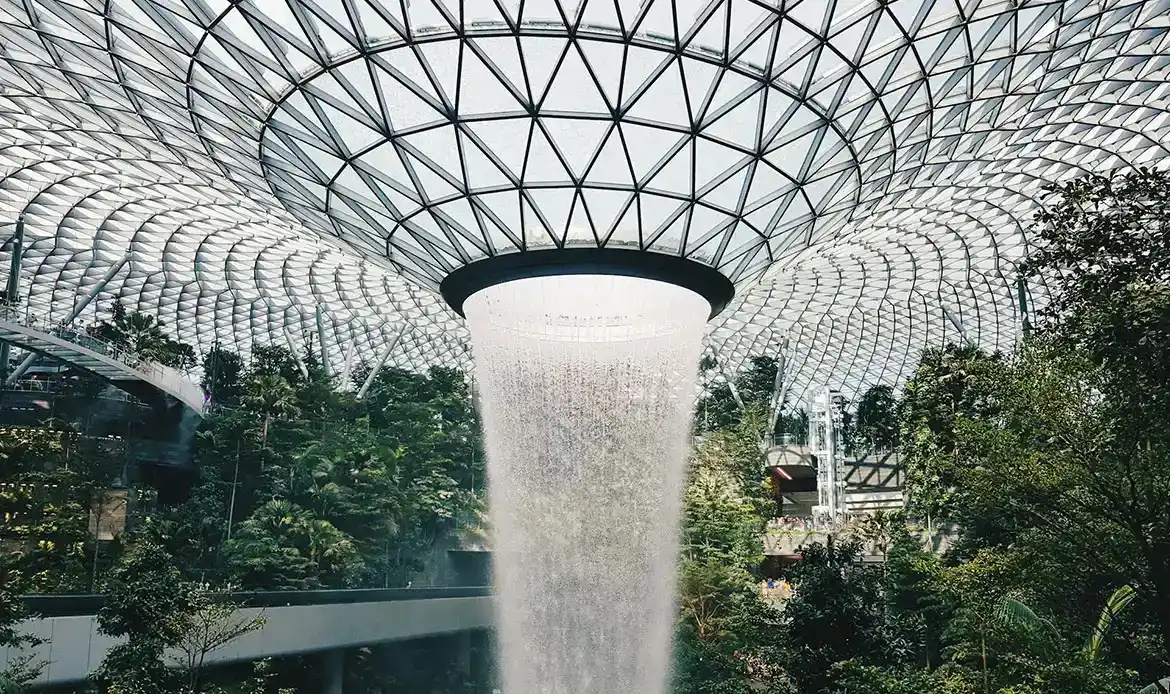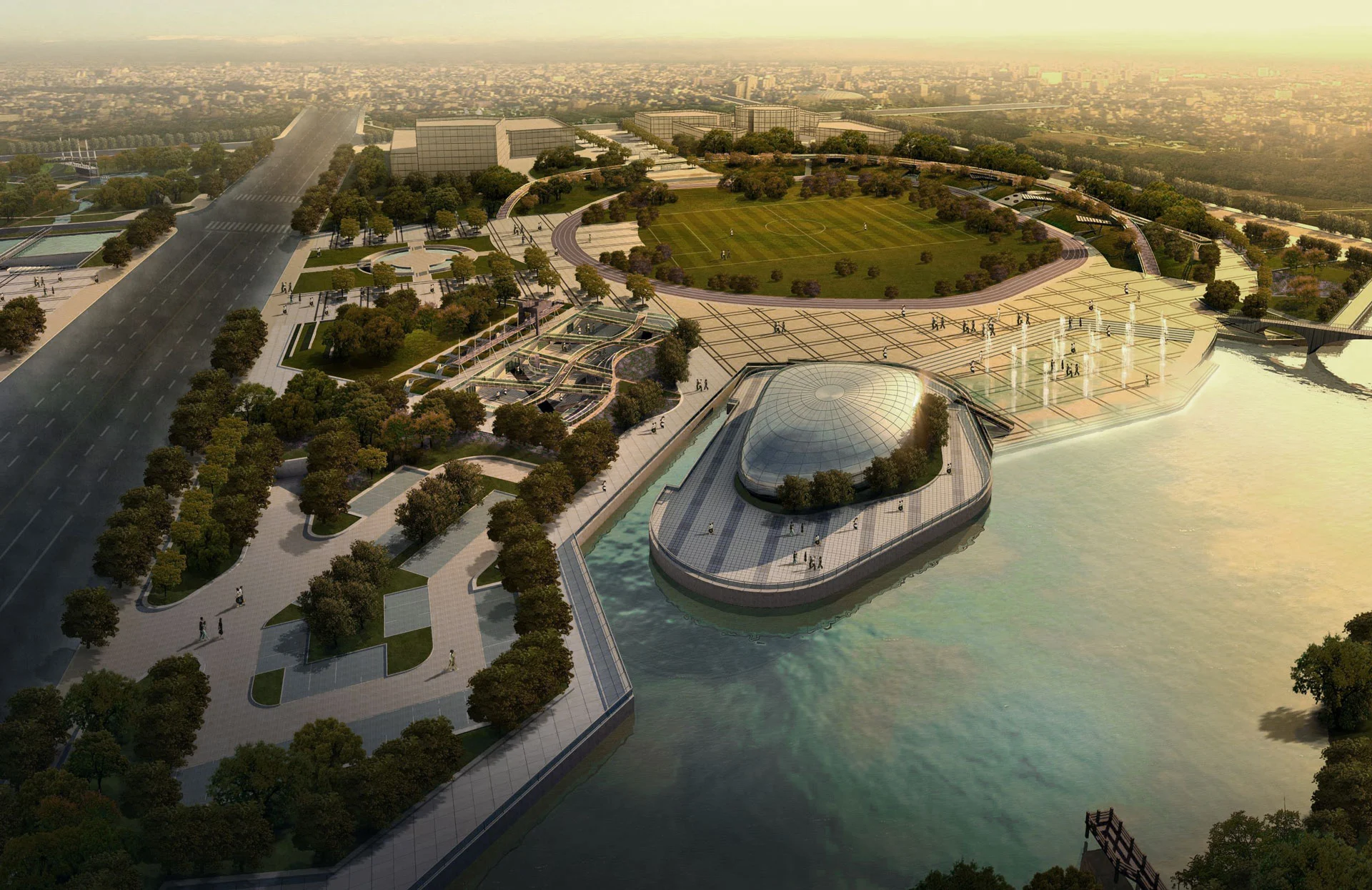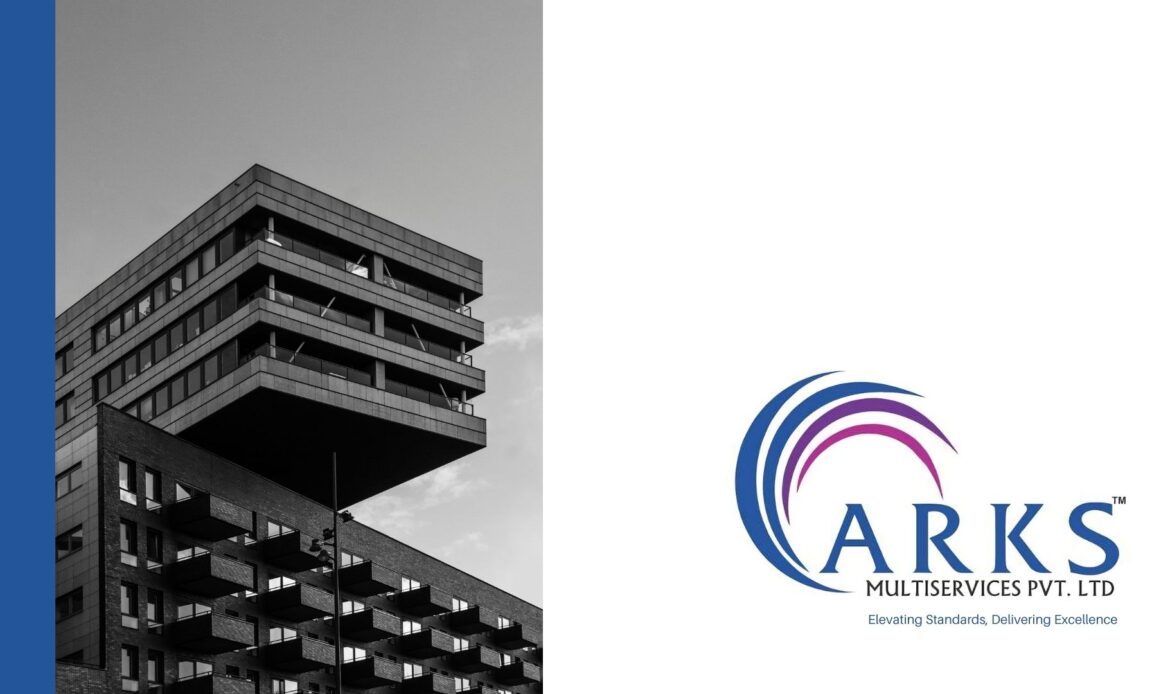Futuristic architecture, a realm where imagination collides with engineering prowess, has always captivated our collective consciousness. From the soaring, gravity-defying structures of science fiction to the more grounded, yet equally innovative designs emerging from architectural studios today, the concept evokes a sense of wonder and possibility. But what exactly constitutes futuristic architecture? Is it merely a stylistic exercise, or does it represent a fundamental shift in how we conceive and construct our built environment?
This blog delves into the concepts and realities of futuristic architecture, exploring its core principles, the technologies driving its evolution, and the challenges it faces in transitioning from visionary sketches to tangible structures.
Conceptual Pillars of Futuristic Architecture:
Futuristic architecture isn’t simply about sleek aesthetics or novel materials. It’s built upon a foundation of key conceptual pillars:
- Sustainability: Addressing the pressing environmental challenges of our time, futuristic designs prioritize energy efficiency, resource conservation, and integration with natural ecosystems. This includes concepts like net-zero buildings, vertical forests, and biomimicry.
- Adaptability and Flexibility: Recognizing the dynamic nature of our needs, future structures are envisioned as adaptable and responsive. Modular construction, kinetic facades, and intelligent building management systems enable buildings to evolve and adjust to changing requirements.
- Technological Integration: Embracing the transformative power of technology, futuristic architecture seamlessly integrates digital tools, advanced materials, and automated systems. This includes 3D printing, smart materials, artificial intelligence, and augmented reality.
- Human-Centric Design: While technology plays a crucial role, the focus remains on enhancing the human experience. Futuristic spaces prioritize well-being, accessibility, and a sense of connection to the surrounding environment.
- Exploration of New Forms and Materials: Pushing the boundaries of conventional architecture, futuristic designs experiment with organic shapes, unconventional materials, and innovative structural systems. This includes utilizing lightweight composites, self-healing materials, and bio-based materials.
- Urban Integration and Connectivity: Recognizing the interconnectedness of urban spaces, futuristic architecture seeks to create seamless connections between buildings and their surrounding environment. This involves integrating public spaces, transportation systems, and green infrastructure.

Technological Drivers of Futuristic Architecture:
The realization of these concepts is fueled by rapid advancements in various technologies:
- Building Information Modeling (BIM): BIM allows architects and engineers to create detailed 3D models of buildings, simulating their performance and identifying potential design flaws before construction begins.
- 3D Printing and Additive Manufacturing: This technology enables the creation of complex shapes and customized components, reducing waste and construction time. It also opens up possibilities for on-site fabrication and the use of unconventional materials.
- Advanced Materials: New materials like self-healing concrete, transparent aluminum, and aerogel insulation are revolutionizing the construction industry, offering improved durability, energy efficiency, and aesthetic possibilities.
- Artificial Intelligence (AI) and Machine Learning: AI algorithms can optimize building performance, manage energy consumption, and personalize the user experience. Machine learning can analyze data to predict future needs and adapt building systems accordingly.
- Robotics and Automation: Robots are increasingly being used in construction for tasks like bricklaying, welding, and material handling, improving efficiency and safety.
- Internet of Things (IoT) and Smart Sensors: IoT devices and sensors enable real-time monitoring of building systems, providing valuable data for optimizing performance and maintenance.
- Virtual and Augmented Reality (VR/AR): VR and AR technologies allow architects and clients to visualize and experience designs in immersive environments, facilitating better communication and decision-making.



